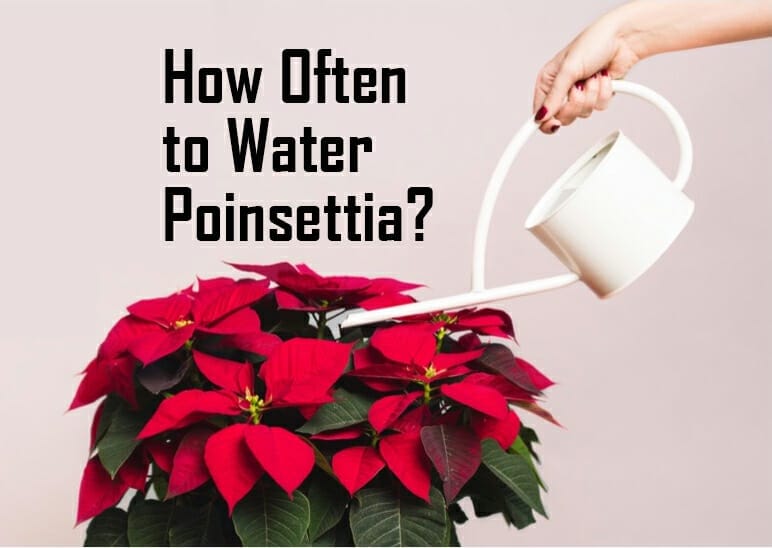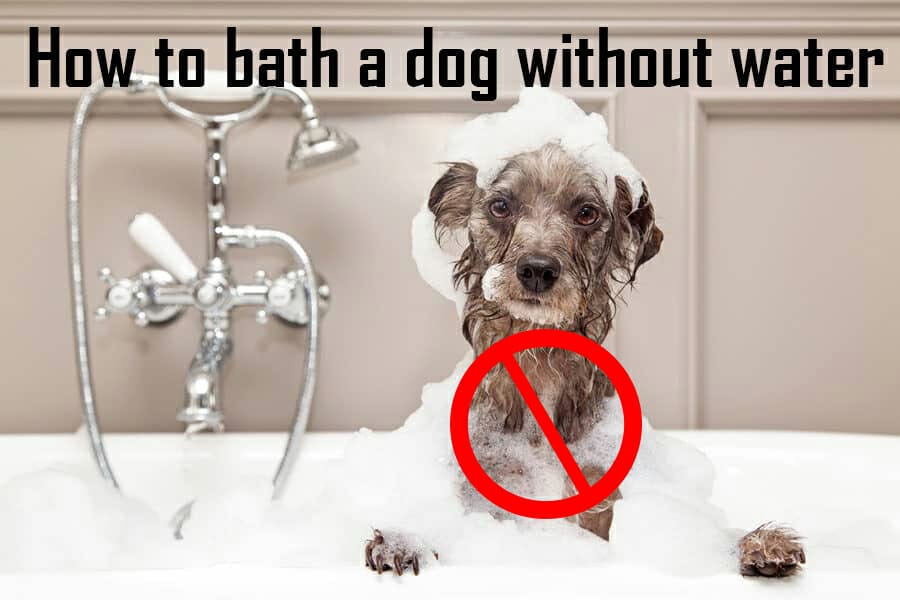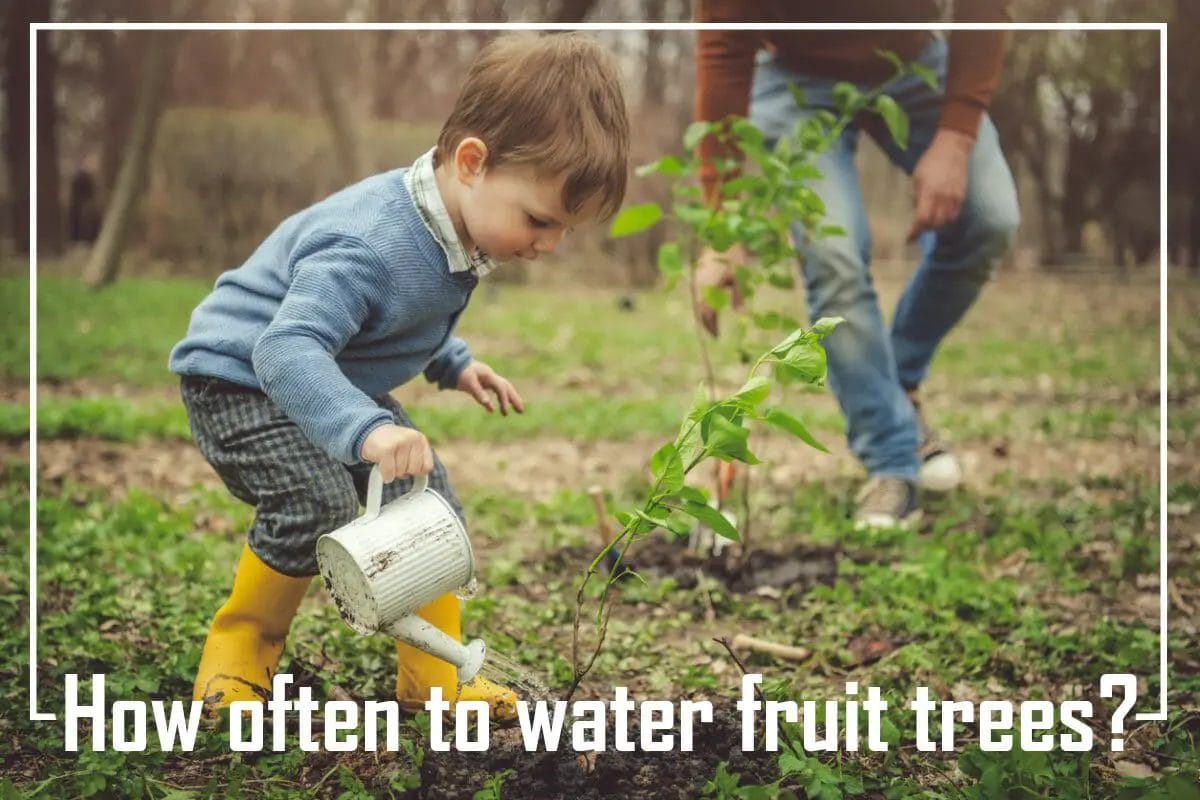When watering your houseplants, there are many different methods you can use. However, bottom watering may be the perfect solution if you're looking for the easy and most effective way of keeping your plants happy and healthy.
Bottom watering your indoor plants is extremely easy and will save you a lot of time in the long run. The process won't take up much of your time or effort but will have a massive impact on your plant's health. The following article explains how long bottom watering takes and how you can easily give your favorite potted plants this type of irrigation system.
What is bottom watering?
Bottom watering, also known as overhead bottom watering or trickle irrigation, is a way of watering plants by placing your pots on a tray or bucket of water.
The water then trickles out from the bottom of the pot and soaks the roots of the plant. This is a great way of watering your indoor plants because it allows the water straight to the roots.
There is no risk of over-watering because the plant will only take as much water as it needs. The excess water will flow through the drainage holes in the bottom of the pot and then be collected by a sieve or tray underneath it.
Bottom watering is particularly great if you have a large indoor plant that needs a lot of water. It can be used to water everything from cacti to ferns and houseplants of all shapes and sizes.
What are the benefits of bottom watering?
There are many benefits to using a bottom watering system for your indoor plants, the main one being a very efficient method of watering, and there is less chance of over-watering your plants.
Efficiency - When you water your plants using a top watering system, a lot of the water will evaporate or be lost through the process. Bottom watering results in less water loss, so you don't need to water your plants as often. Minimum stress - When you water your plants from the top, the water could splash out and cause root rot.
Bottom watering has no problem, so your plants are less likely to become stressed. Less chance of over-watering - Because the water sits at the bottom of the pot and slowly soaks into the soil, there is less chance of over-watering. Your plants will only take as much water as they need, and any excess will run out the bottom of the pot.
How do you bottom water plants?
To bottom water your plants, you will first need to place them on a tray or bucket of water. The tray can be made from just about anything, but it needs to be wide enough for the pot's base and have some type of mesh or sieve in the bottom to allow the water through.
The water in the tray or bucket should only be high enough to cover the bottom of the pot. The water should not be so high that it goes up the pot's side and into the soil.
On the other hand, the water should never be so high that it starts to overflow from the tray. Then, place the pot on top of the tray or bucket and make sure that the water goes through the drainage hole at the bottom of the pot.
Which plants benefit from bottom watering?
All plants will benefit from being bottom watered. However, some plants will benefit more than others. If you have a delicate or particularly fussy plant, it is best to use a bottom watering system.
Succulents and cacti - Cacti and succulent plants are easy to over-water, so a bottom watering system is a great option. Orchids - These plants are particularly sensitive to how much water they receive.
They also prefer to grow in sandy soil that can easily become too wet. Therefore, a bottom watering system is a great solution for orchids. Ferns - These plants like to be watered from the bottom and can also be grown in a tray or bucket of water.
How often should you bottom water plants?
There is a difference depending on what type of plant it is and how much water it needs. If you want to use a bottom watering system, you will need a plant that needs to be watered from the bottom.
Make sure that you only water your plants when they need it, and they will thank you for it by being happier and healthier. If unsure, use a soil moisture meter to check your soil. If the soil is too dry, it's time to water your plants.
If the soil is too wet, you need to stop watering and let it dry out a little. Ensure you always water your plants when needed, not just because the soil is dry.
What are the signs that a plant needs more water?
There are a few common signs that a plant needs more water. Wilting, yellowing of leaves and reduced growth are all indicators that the plant is not getting the hydration it needs. Therefore, it's important to monitor your plants so you can provide them with the necessary water they need to thrive.
Can too much water hurt plants?
Yes, it is just as important to avoid over-watering your plants as it is to avoid under-watering them. If a plant is overwatered, then it can lead to root rot and kill your plant. You should always monitor the water level in your tray or bucket and ensure it is always below the top of the pot.
If you notice that the soil in your plant is constantly wet, you should try to reduce the amount of water you give it. There are many ways to reduce the amount of water you give your indoor plants, such as using a watering can with a reduced spout, using a self-watering pot, or even putting a layer of gravel in the bottom of your plant's pot.
Important things to remember when bottom watering your plants
Ensure the water goes through the drainage holes at the bottom of the pot; otherwise, your plant may rot.
- Try to use a black bucket or tray, as this will absorb heat and help keep the plant cooler during the hot summer months.
- When you first start bottom watering your plants, you may notice that the water is dirty. This is normal and will happen until your plants build up enough roots to filter out the dirty water.
- Bottom watering is a great way to get an older plant back into good health, even if it has been neglected for years.
- When you notice that the water in the bottom tray is getting dirty, you should wash it out and replace it with fresh water.
-If you have several large pots, you can group them and put them on a single tray or bucket. However, ensure that each pot has enough room to allow the water to flow without being too shallow.
- If you only have a small number of plants and they are too big to put on a single tray, you can put them on separate trays or buckets.
What is the best way to water houseplants?
There are many ways to water houseplants, but the best way is using the shower head. This method ensures that the soil is thoroughly soaked and excess water exits the pot through the drainage hole. In addition, watering plants in this way helps to prevent soggy soil and root rot.
Some plants, like those with roots near the surface of the soil, will need to be watered every few days from the bottom. Succulents like cacti will only need to be watered every few weeks from the bottom.
It's important to note that watering plants in this way is not recommended for most high-maintenance plants. Watering plants from the top at least once a month is important to flush out excess minerals and salts.
Do all plants need to be watered the same way?
Different plants have different water needs, and water them all the same way can do more harm than good. Therefore, learning about your specific plants and their water needs is important. Some plants need to be watered frequently, and others only need to be watered occasionally.
Watering with a watering can result in over or under-watering. When using a watering can, it's important to consider how much water is being poured on the plant at one time. When too much water is poured at once, it can pool in the middle of the plant or cause spots on the leaves. Splashing water can also damage plants if it gets onto their leaves.
Watering from the bottom up is a technique that waters potted plants from the bottom up. This method is perfect for plants that respond well to being watered from the bottom, such as big plants in heavy pots or herbs starting seeds indoors. Watering from the bottom is also a great way to conserve water because it avoids wasting water on over-watering.
Tips for successful and easy bottom watering
Be patient. The first few times you do bottom watering may take a little longer than usual because your plants will still need to build up their root system. Once they have, it will be just as quick and easy as top watering.
- Make sure your buckets and trays are clean before you use them. This will help to avoid any nasty bacteria that could cause root rot in your plants.
- If you use a watering can with a reduced spout, you must ensure that the holes are large enough for the water to pass through and be absorbed effectively.
- Be careful when cleaning out your bottom tray as bacteria may grow in it. You can clean it with boiling water or by putting it in the dishwasher with no detergent.
Frequently Asked Questions
1. How long should plants sit in the bottom watering?
This will vary slightly depending on the plant, but you should generally try to keep your plants in the water for around five to ten minutes. If you keep your plants in the water for too long, they may start to rot or get moldy.
On the other hand, if you keep them in it for too short a time, they won't get enough water. You can test whether or not your plants have received enough water by squeezing the soil. If it is moist, you can remove the plant from the water.
2. How long is too long for bottom watering?
If you keep your plants in the water for too long, they will get soggy and rot. In general, you should try to keep your plants in the water for around five to ten minutes, but this varies slightly depending on the plant.
If you keep your plants in the water for too long, they will get soggy and rot. You can test whether or not your plants have received enough water by squeezing the soil. If it is moist, you can remove the plant from the water. If you see your plant getting soggy, you should immediately take it out of the water.
3. How do you know if bottom watering is working?
Good question, Here are some good signs to look for: Your plants will start to look healthier, greener, and more vigorous. You should find that your plants have significantly better root systems (it will be easy to see if they grow in soil). Your plants will not develop any fungi or molds. Your plants will start to grow at a much faster rate.
4. Can I Bottom water a plant overnight?
How to water a plant overnight? No doubt, it isn't possible to water plants overnight, with the bottom watering. If done, then it will create a situation of water logging in the soil and plant rot.
Conclusion
Bottom watering your plants is the easiest way to ensure they stay healthy and hydrated while saving you a lot of time in the long run. It may take a while for your plants to get used to the new way they are being watered, but once they are used to it, they will be much healthier and happier. So if you want to give your indoor plants the best life possible, you should consider using bottom watering. Thank you for reading our blog post.






